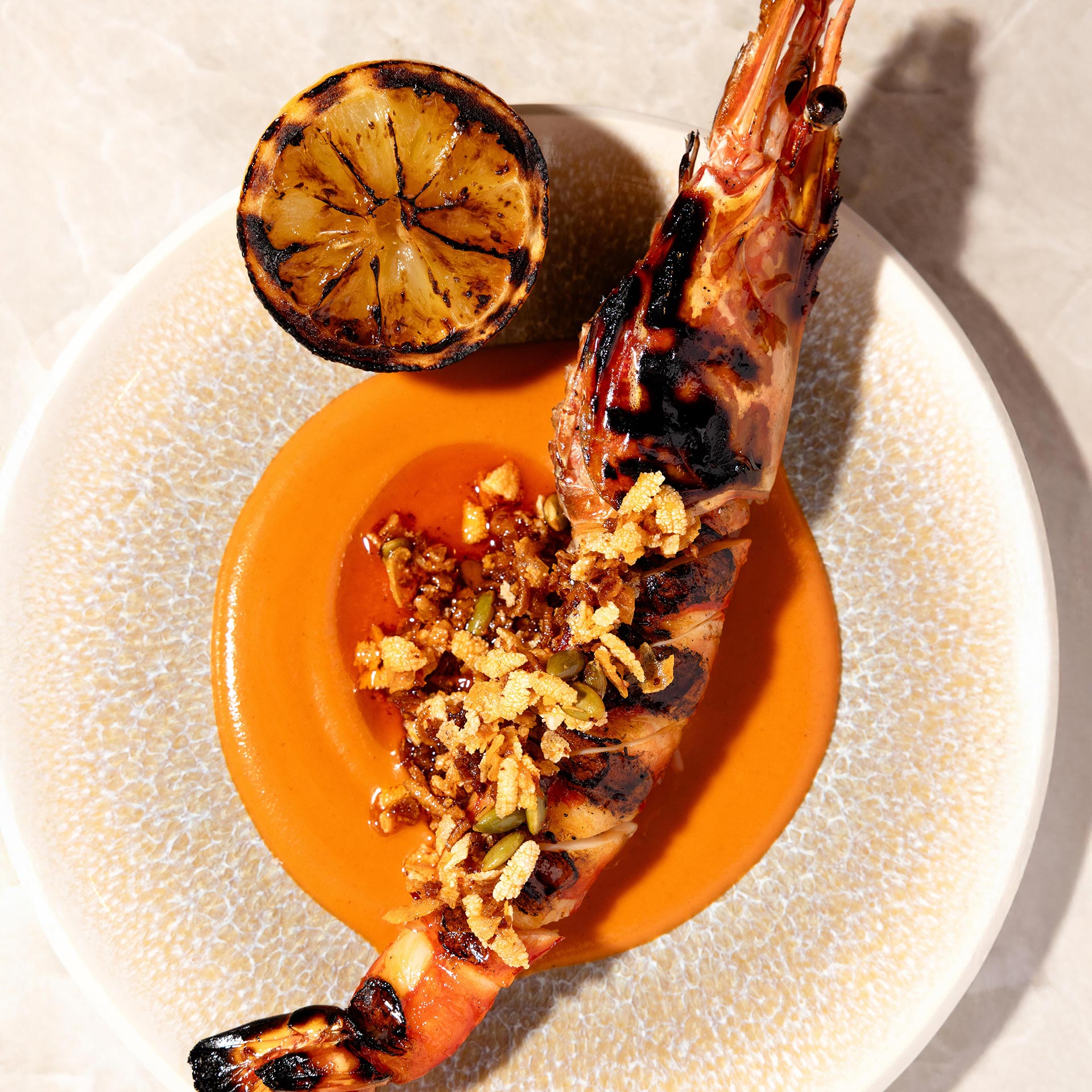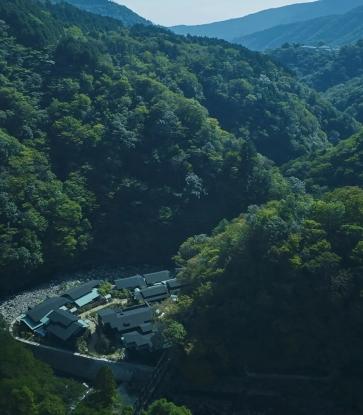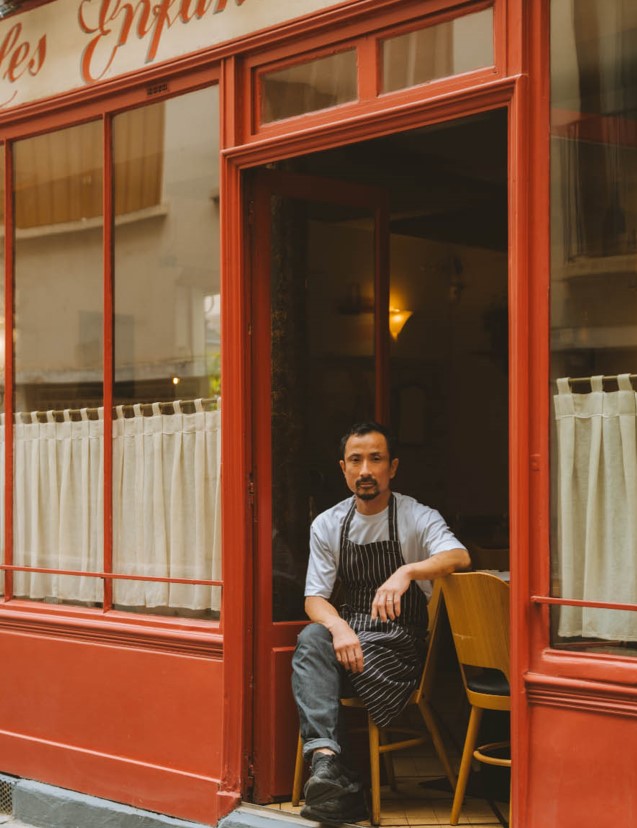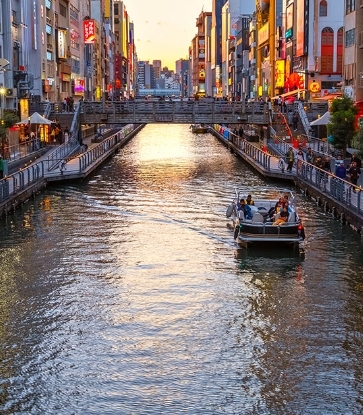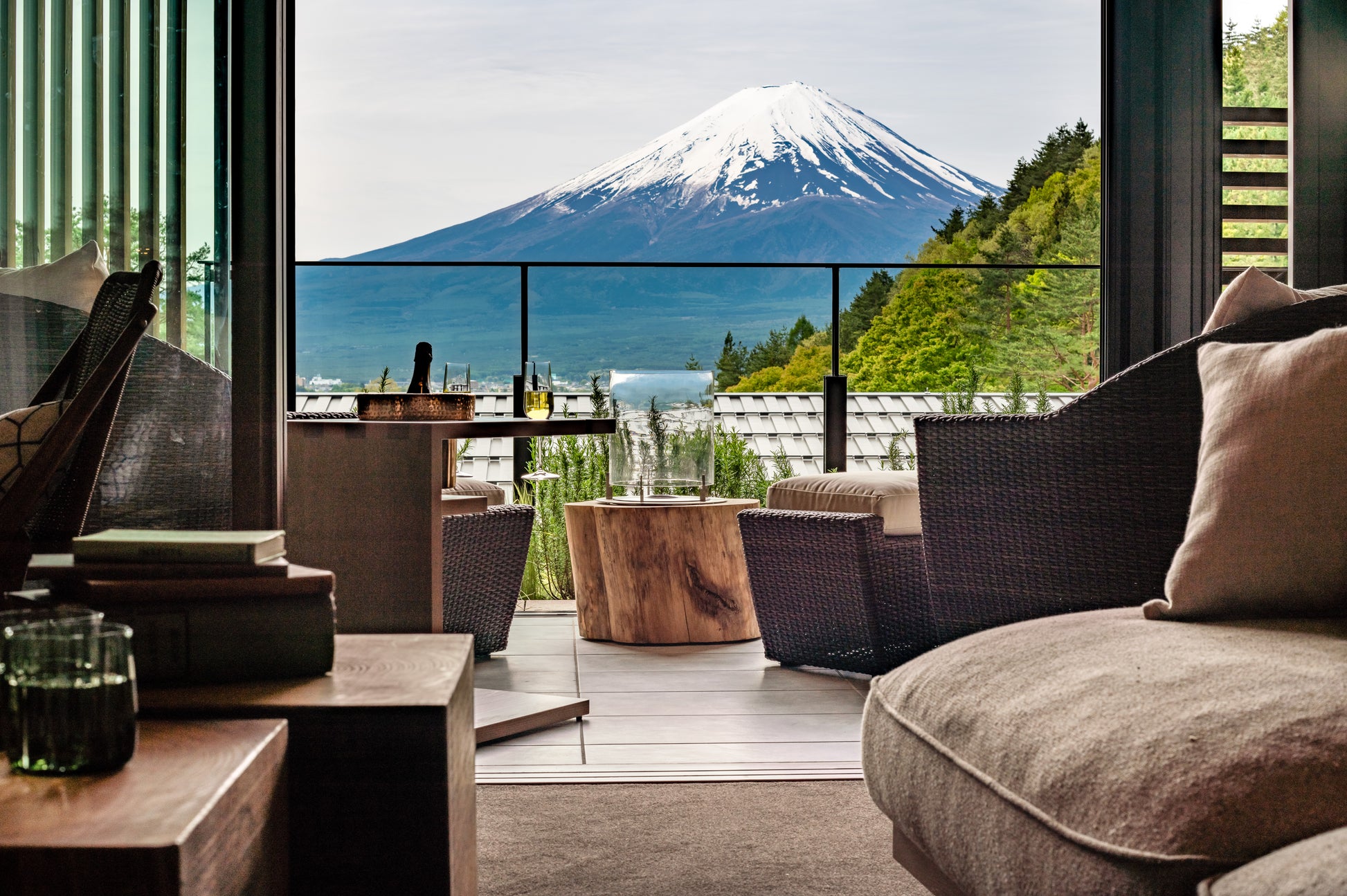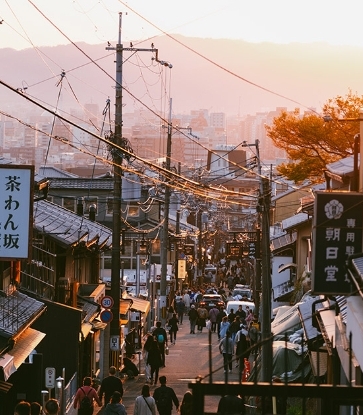
1. Hishimochi (tri-coloured rice cake)
The form of these diamond-shaped rice cakes represent fertility, and they are dyed in the colours of Hina Matsuri: pink, white and green, to symbolize sakura blossoms, snow and new growth, respectively. The mochi are usually displayed with the hina dolls.

This sweet, pulpy liquor is made from malted rice and barley, and is meant to symbolize health and purity for young girls. Parents and grandparents toast to the health of their young daughters.
3. Hina Arare (coloured rice crackers)
These puffed rice crackers are coloured in springtime hues of pink, green, yellow and white, and are a common snack during Hina Matsuri.
This clear soup is made from hamaguri clams which are in season during this time of year. The clam shells symbolise a unique joined pair—a wish for a happy union in marriage.
5. Chirashi-zushi (scattered sushi)
A bed of sweetened and vinegared sushi rice is topped with ingredients in the Hina Matsuri colour palette of green, white, pink and yellow, and might feature things like crab meat, omelette strips and raw fish.
You can get a taste of the festivities at Mikuni, which is celebrating the occasion with the sixth installment of its Hina Matsuri Bento. Drawing inspiration from the colourful springtime festival, chef Keisuke Uno has created a luxe nine-course menu featuring seasonal ingredients and pretty little dishes in festive colours, served in another way loved by Japanese: in bento boxes.
Bentos are ubiquitous in everyday Japanese life, and handmade bentos are imbued with the love of its maker, packed lovingly by mothers and wives every day, and painstakingly prepared by girls as heartfelt gifts to would-be lovers.

Other dishes, too, take their cue from the festivities. A trio of shishitou white fish tempura is coated in pink, green and yellow popped rice, inspired by the traditional hina arare; slices of beautifully-marbled A5 Miyazaki wagyu sirloin are topped with a white foam reminiscent of snow.






